Stomatal opening and closing involves the role of various ions. In the given figure arrows depict the movement of certain ions during stomatal opening in light. Identify the ions (P,Q,RandS) and select the correct option.

PQRSMalate2−K+CI−H+
PQRSK+H+CI−Malate2−
PQRSH+K+CI−Malate2−
PQRSK+Malate2−H+CI−
The correct Answer is:C
In light, Starch is converted into phosphoenol pyruvic acid (PEP) in the pressure of PEPcase enzyme. PEPcombines with CP2 to form OAA and then malic acid. Malic acid dissociates into malate ions (malate2−) and H+ ions in the guard cells. H+ ions are transported to epidermal cells and K+ ions are taken into the guard cells in exchange of H+ (ion exchange). Some CI− ions are also taken in to neutralize some of the K+ ions. H+−K+ exchange is an active process which involves inolvement of ATP. Increased K+ and malate ion concentration in the vacuole of guard cells causes sufficient osmotic pressure to absorb water from surrounding cells, resulting in increased turgor of guard cells and thus opening of stomata.
Topper's Solved these Questions
- BOOK - NCERT FINGERTPS ENGLISHCHAPTER - TRANSPORT IN PLANTSEXERCISE - Exemplar Problems12videos
TRANSPORT IN PLANTS
- BOOK - NCERT FINGERTPS ENGLISHCHAPTER - TRANSPORT IN PLANTSEXERCISE - Transport In Plants119videos
TRANSPORT IN PLANTS
- BOOK - NCERT FINGERTPS ENGLISHCHAPTER - TRANSPORT IN PLANTSEXERCISE - Phloem Transport:Flow From Source To Sink11videos
TRANSPORT IN PLANTS
- BOOK - NCERT FINGERTPS ENGLISHCHAPTER - THE LIVING WORLDEXERCISE - The Living World130videos
THE LIVING WORLD
Similar Questions

Refer to the given figure and select the correct option representing the osmolarity at P,Q,R and S.View SolutionA rod is formed by joining two cylinders each having a length l and cross sectional area S. The densities of cylinder are ρ and 2ρ respectively. The rod is now horizontally suspended in a liquid of density 4ρ with help of two string as shown in the figure. The entire setup is kept inside a lift. For the quantities given in List I select the correct value from those mentioned in List II.
List-IList-II(P)Tension in string 1 if the lift is moving upwards with constant velocity(1)118ρSlg(Q)Tension in string 2 if the lift is moving upwards with constant velocity(2)98ρSlg(R)Tension is string 1 if lift is moving downwards with an acceleration of g/2(3)114ρSlg(S)Tension in string 2 if the lift is moving downwards with an acceleration of g/2(4)94ρSlg
Choose the correct option :
 View Solution
View Solution
Knowledge Check
- Question 1 - Select One
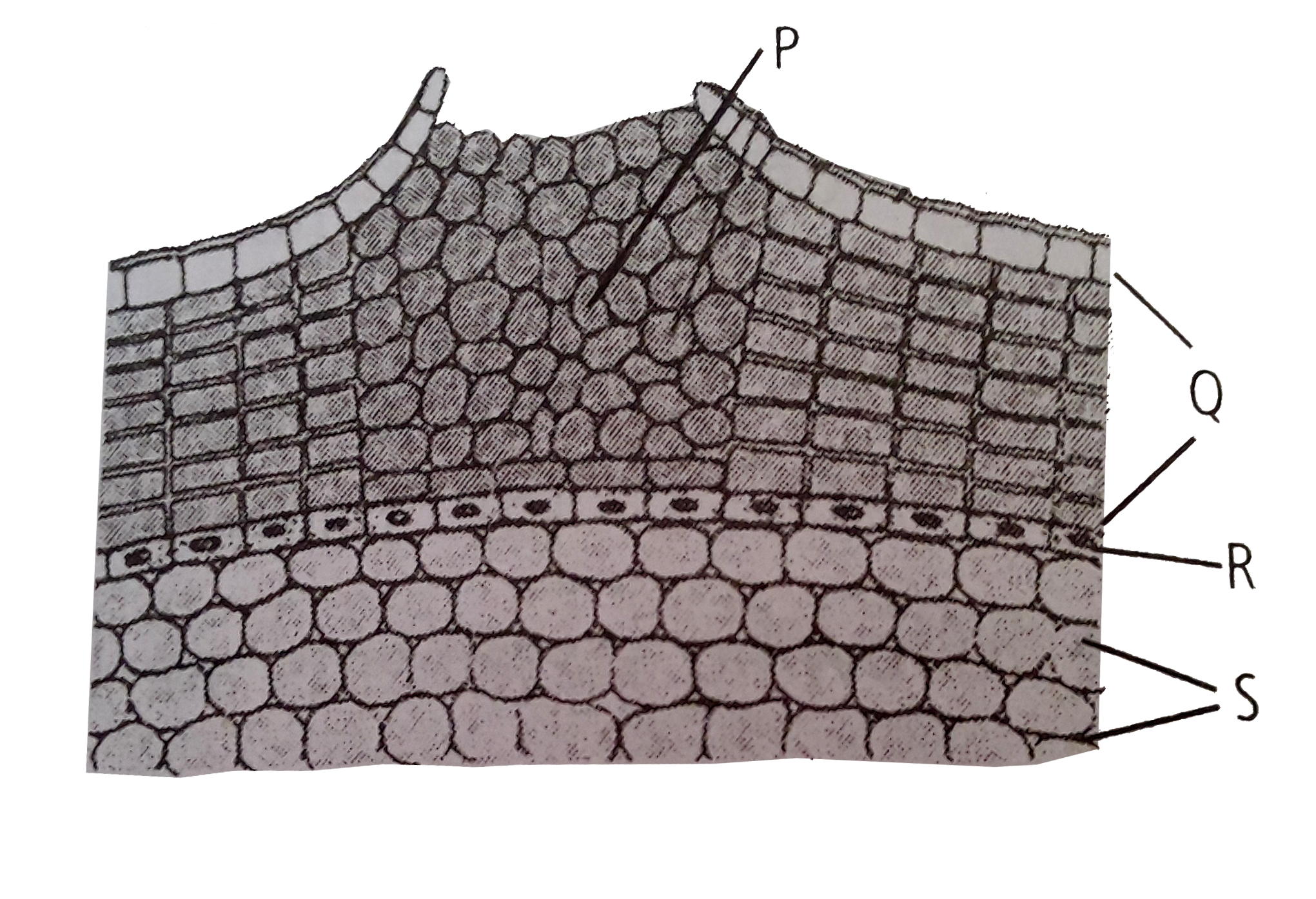
In the given transverse section of stem showing periderm, identify the parts labelled P, Q, R, S and select the correct option.APQRSComplementray cellsCorkPhellogenPhellodermBPQRSLenticelsCorkPhellodermPhellogenCPQRSLenticelsPhellodermPhellogenCorkDPQRSComplementray cellsPhellodermPhellogenCork - Question 2 - Select One
The given pie diagram represents different components of the soil. Identify P,Q and R and select the correct option
 APQRWaterBiotaMineral saltsBPQRMineral saltsBiotaWaterCPQRMineral saltsWaterBiotaDPQRBiotaWaterMineral water
APQRWaterBiotaMineral saltsBPQRMineral saltsBiotaWaterCPQRMineral saltsWaterBiotaDPQRBiotaWaterMineral water - Question 3 - Select One
Given is an electron microscopic structure of a T2 bacteriophage, identify the labelled parts P,Q,R,S and T and select the correct option.
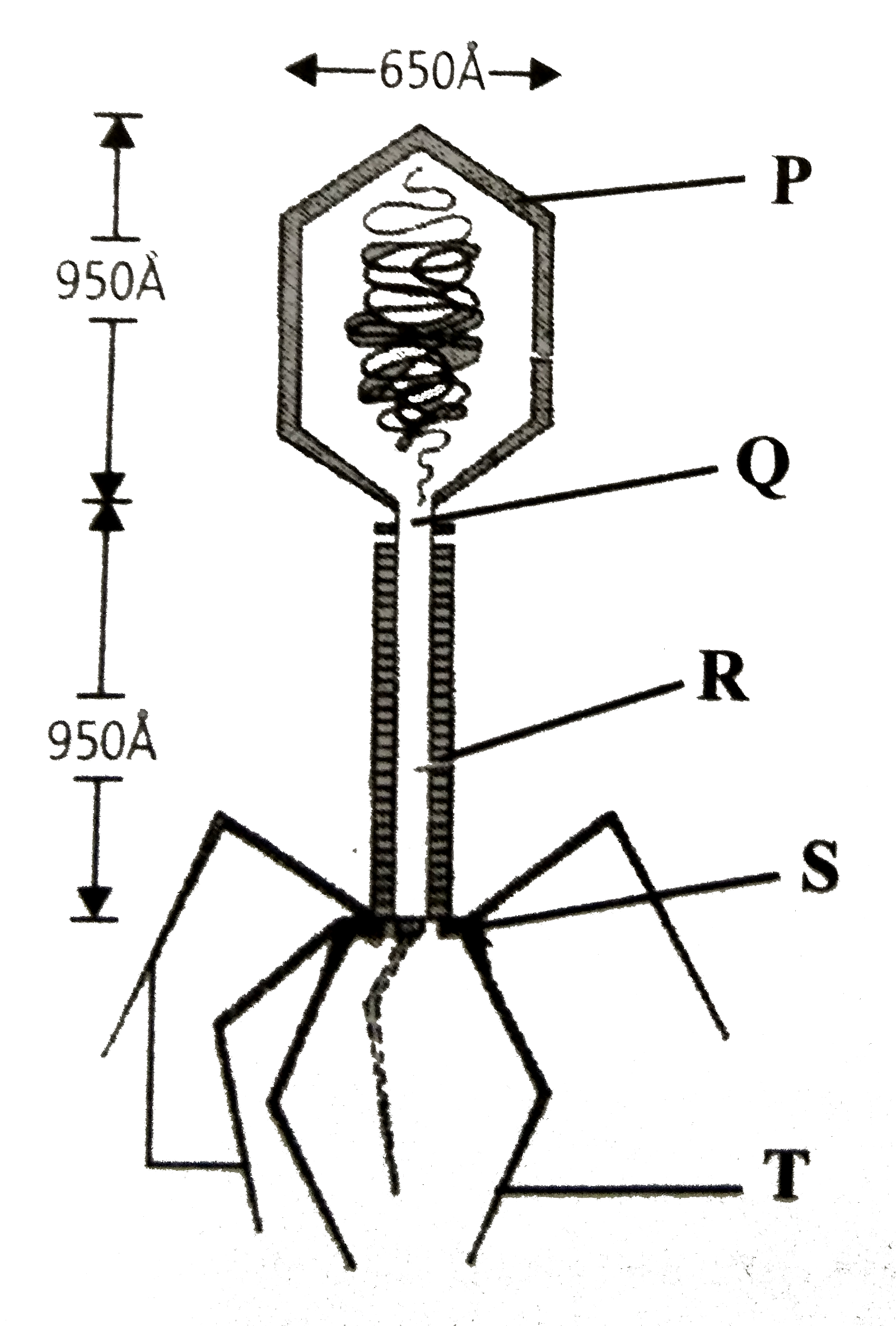 APQRSTHeadCollarSheathBasal plateTail fibreBPQRSTHeadCollarCapsidTailTail fibreCPQRSTCapsidSheathBasal plateCapsomereTail fibreDPQRSTHeadCollarSheathCapsomereTail fibre
APQRSTHeadCollarSheathBasal plateTail fibreBPQRSTHeadCollarCapsidTailTail fibreCPQRSTCapsidSheathBasal plateCapsomereTail fibreDPQRSTHeadCollarSheathCapsomereTail fibre
Four charges Q1,Q2,Q3 and Q4 of same magnitude are fixed along the x axis at x=−2a,−a,+a and +2a, respectively. A positive charge q is placed on the positive y axis at a distance b>0. Four options of the signs of these charges are given in List I. The direction of the forces on the charge q is given in List II. Match List I with List II and select the correct answer using the code given below the lists.
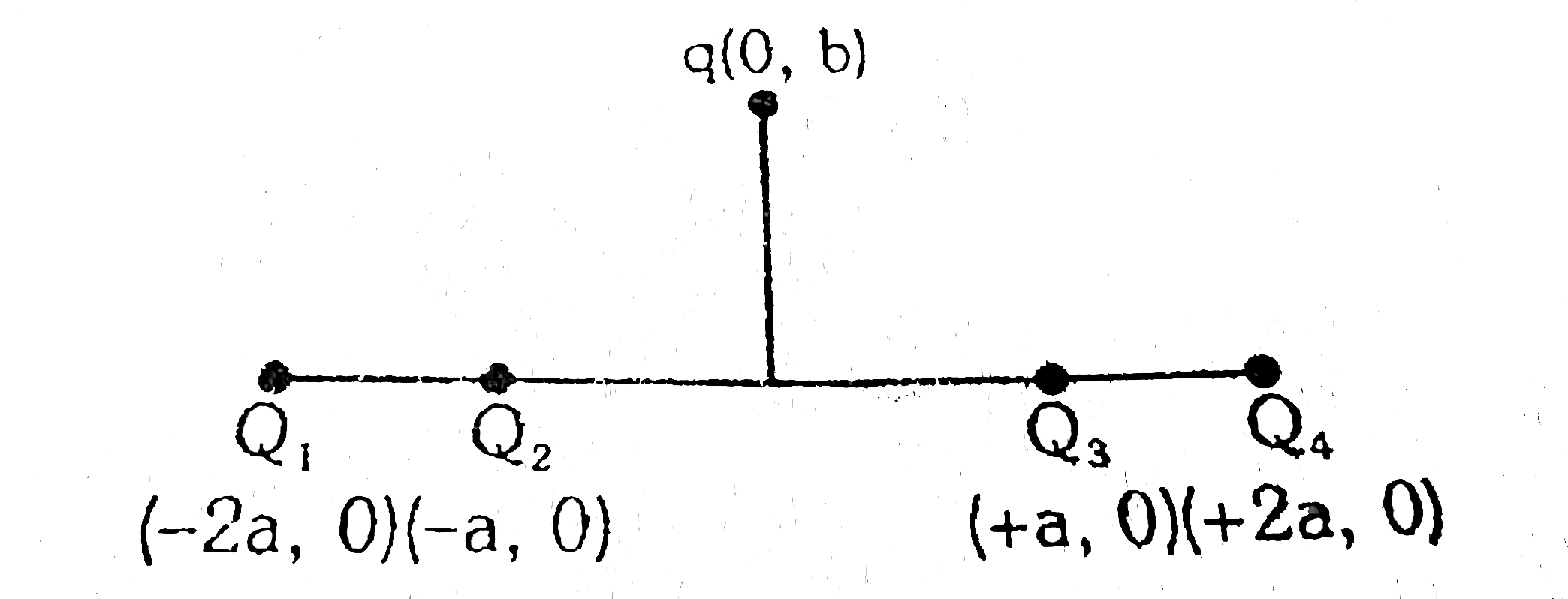
List-IList-II(P)Q1,Q2,Q3,Q4all positive(1)+x(Q)Q1,Q2 positive, Q3,Q4 negative(2)−x(R)Q1,Q4 positive ,Q2,Q3 negative(3)+y(S)Q1,Q3 positive , Q2,Q4 negative(4)−yView SolutionRefer to the given figure showing reproductive system of female cockroach
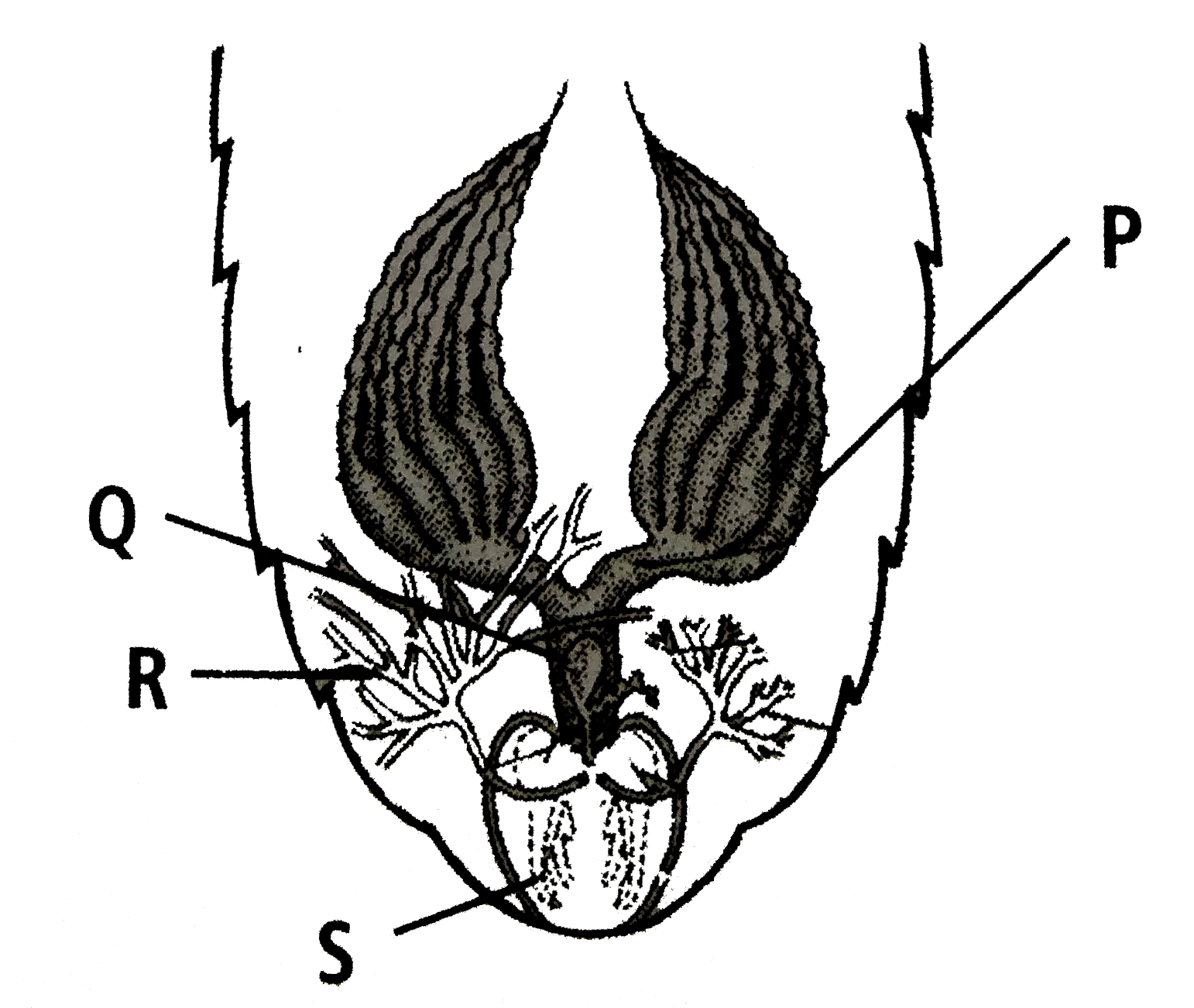
Identify the parts labelled as P,Q R and S and select the correct statement regarding theseView Solution
The given figure shows T.S of helianthus leaf with various parts labelled as A, B, C, D, E, F and G. identify the parts and select the correct optionView SolutionRefer to the given diagrammatic representation of the transportation of oxygen and carbon dioxide in the blood. P, Q, R, S and T represent percentage of both gases in different forms. Select the correct option for P−T.
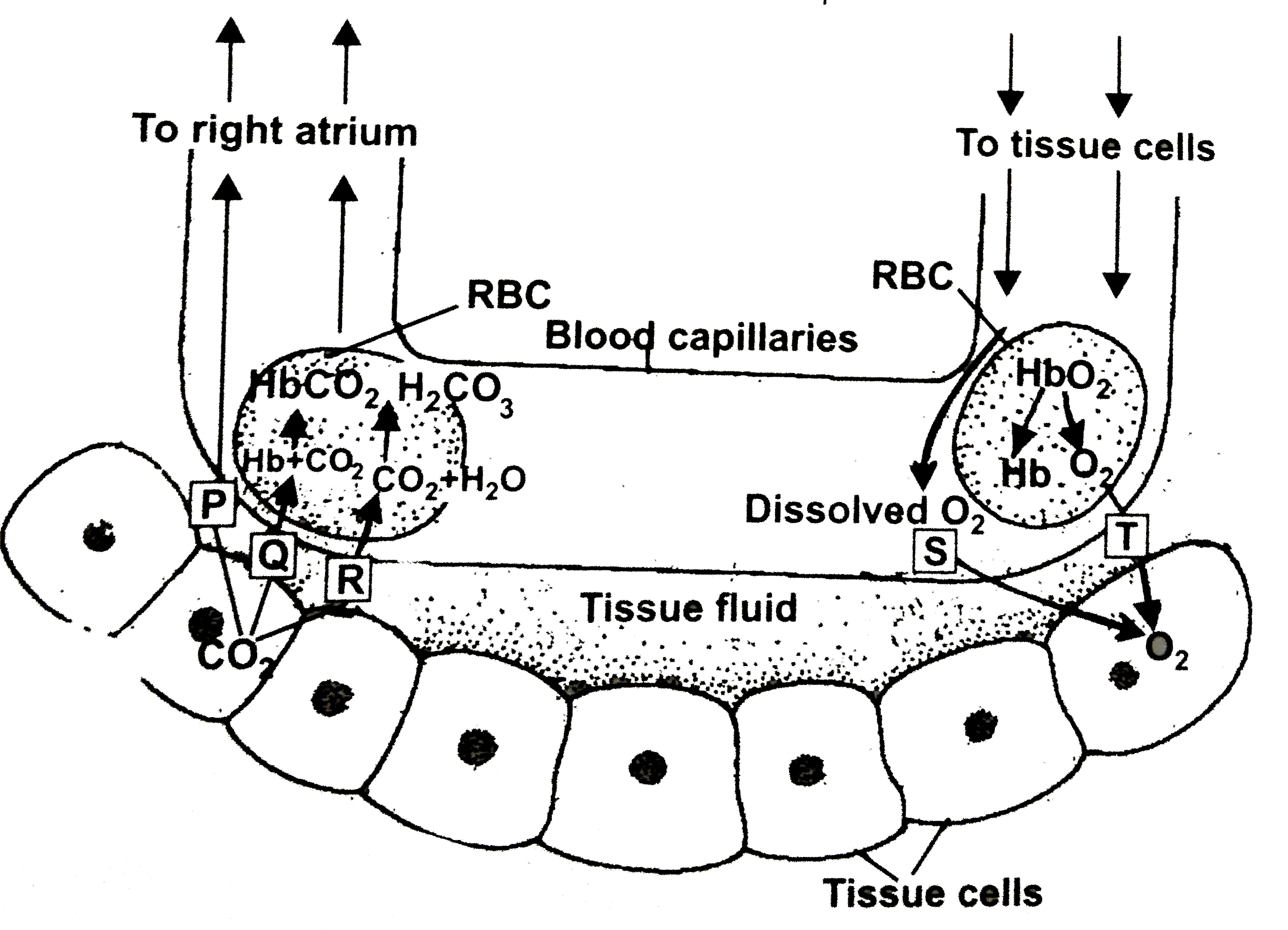 View Solution
View SolutionThis passage is adapted from Daniel Chamovitz, What a Plant Knows: A Field Guide to the Senses. ©2012 by Daniel Chamovitz.
The Venus flytrap [Dionaea muscipula] needs to know when an ideal meal is crawling across its leaves. Closing its trap requires a huge expense of energy, and reopening the trap can take several hours, so Dionaea only wants to spring closed when it’s sure that the dawdling insect visiting its surface is large enough to be worth its time. The large black hairs on their lobes allow the Venus flytraps to literally feel their prey, and they act as triggers that spring the trap closed when the proper prey makes its way across the trap. If the insect touches just one hair, the trap will not spring shut, but a large enough bug will likely touch two hairs within about twenty seconds, and that signal springs the Venus flytrap into action.
We can look at this system as analogous to short-term memory. First, the flytrap encodes the information (forms the memory) that something (it doesn’t know what) has touched one of its hairs. Then it stores this information for a number of seconds (retains the memory) and finally retrieves this information (recalls the memory) once a second hair is touched. If a small ant takes a while to get from one hair to the next, the trap will have forgotten the first touch by the time the ant brushes up against the next hair. In other words, it loses the storage of the information, doesn’t close, and the ant happily meanders on. How does the plant encode and store the information from the unassuming bug’s encounter with the first hair? How does it remember the first touch in order to react upon the second?
Scientists have been puzzled by these questions ever since John Burdon-Sanderson’s early report on the physiology of the Venus flytrap in 1882. A century later, Dieter Hodick and Andreas Sievers at the University of Bonn in Germany proposed that the flytrap stored information regarding how many hairs have been touched in the electric charge of its leaf. Their model is quite elegant in its simplicity. In their studies, they discovered that touching a trigger hair on the Venus flytrap causes an electric action potential [a temporary reversal in the electrical polarity of a cell membrane] that induces calcium channels to open in the trap (this coupling of action potentials and the opening of calcium channels is similar to the processes that occur during communication between human neurons), thus causing a rapid increase in the concentration of calcium ions.
They proposed that the trap requires a relatively high concentration of calcium in order to close and that a single action potential from just one trigger hair being touched does not reach this level. Therefore, a second hair needs to be stimulated to push the calcium concentration over this threshold and spring the trap. The encoding of the information requires maintaining a high enough level of calcium so that a second increase (triggered by touching the second hair) pushes the total concentration of calcium over the threshold. As the calcium ion concentrations dissipate over time, if the second touch and potential don’t happen quickly, the final concentration after the second trigger won’t be high enough to close the trap, and the memory is lost.
Subsequent research supports this model. Alexander Volkov and his colleagues at Oakwood University in Alabama first demonstrated that it is indeed electricity that causes the Venus flytrap to close. To test the model they rigged up very fine electrodes and applied an electrical current to the open lobes of the trap. This made the trap close without any direct touch to its trigger hairs (while they didn’t measure calcium levels, the current likely led to increases). When they modified this experiment by altering the amount of electrical current, Volkov could determine the exact electrical charge needed for the trap to close. As long as fourteen microcoulombs—a tiny bit more than the static electricity generated by rubbing two balloons together—flowed between the two electrodes, the trap closed. This could come as one large burst or as a series of smaller charges within twenty seconds. If it took longer than twenty seconds to accumulate the total charge, the trap would remain open.
Which choice provides the best evidence for the answer to the previous question?View Solution

